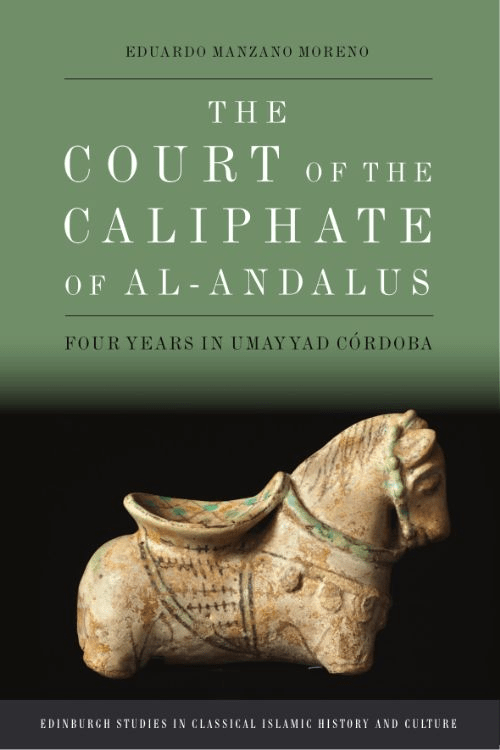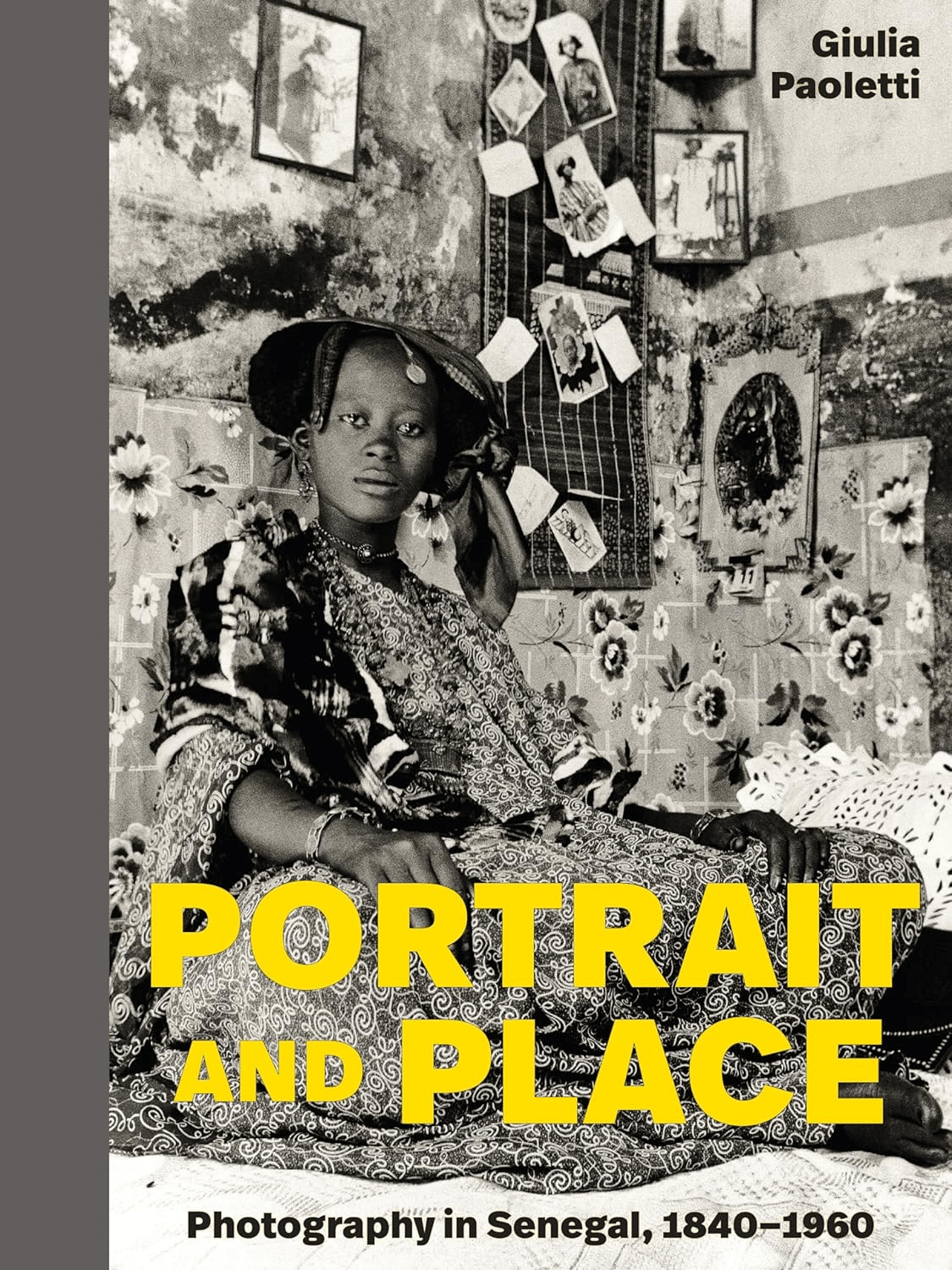
Sicilia: A Love Letter to the Food of Sicily
Tom Verde
Ben Tish.
Bloomsbury, 2021.
“The Arab influence is still seen today, particularly with Sicilian cuisine – almonds, saffron, oranges, pistachio and pomegranates amongst many others bear witness to their influence.”
—Excerpt from introduction to Sicilia, by Ben Tish
It’s hard to have a bad meal in Italy, it’s been said. The same is true of using this colorful cookbook celebrating Sicily’s culinary past, particularly its Arab legacies. Both the method of deep-frying and the popular ingredients of rice, sugar and oranges (which meet up in rice fritters with orange-blossom honey) are mainstays of the Sicilian diet traceable to the island’s Arab period (827-902 CE). Similarly, the whole-wheat-and-semolina sourdough bread called mafalda, often made in the shape of a crown, is likely of Arab origin. Watermelon jelly with jasmine, chocolate and pistachios—a molded, pudding-like dessert that “would have been the height of sophistication, prepared by skilled Arab chefs”—might intimidate the home cook, yet the book also features plenty of easy-to-prepare, peasant-inspired dishes that equally defined Sicily’s Arab-era diet, such as braised chickpeas and borlotti beans with kale pesto.
You may also be interested in...

New Perspective Offered in The Court of the Caliphate of al-Andalus — Our Book Review
Author Eduardo Manzano Moreno gives life to a court scribe’s observations of Córdoba to offer a rarely explored view of the era
A Fresh Perspective on Senegal’s Photographic History
Author Giulia Paoletti’s Portrait and Place puts historical Senegalese photography in a fresh global context.